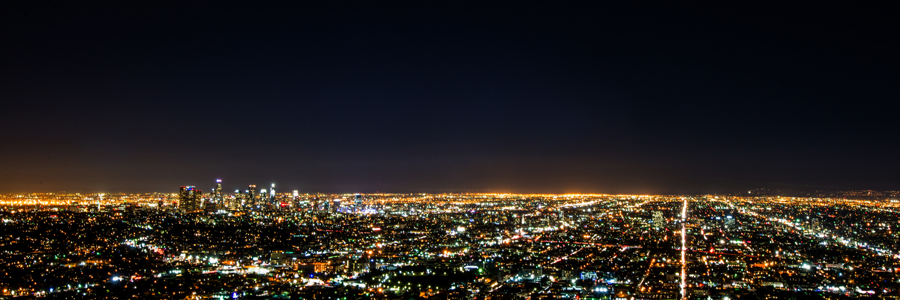
We probably don’t sit and think how much lighting may be affecting the wildlife around us but the truth of the matter is, it really is.
The nature of law says that day is day and night is night, that’s how the earth has run from day one, and plants and animals all live by this rule, but us humans have disrupted the day/night pattern by lighting up our streets, towns and cities at night, causing a negative effect on many creatures and plants according to scientific evidence.
How is lighting affecting the worlds ecosystem?
Light pollution is radically altering the habits of nocturnal animals as their nighttime environment is staying as light as day – turning night into day.
It has been stated that introducing artificial light is ‘probably the most drastic change human beings have made to animals environments’ Skies near cities and towns are now hundreds, possibly thousands of times brighter than they were 200 years ago, meaning that species who use the dark to cover from predators are struggling to stay safe. We are only just beginning to learn what a drastic effect our artificial lighting is having on nocturnal ecology.
The glare from illuminating our skies is also having an impact on wetlands habitats that are home to frogs and toads who croak at night as par of their breeding ritual, artificial lights can disrupt this activity, interfering with the reproduction and ultimately reducing populations.
Nature diverting due to lighting
Many migrating birds navigate by moonlight or starlight. Artificial lighting can cause these birds to deviate from their course towards cities which have hidden dangers, millions of birds every year die from colliding with illuminated buildings and towers. Our lighting can also contribute to birds migrating too early or too late within their seasonal schedules, meaning that they are affected important climate conditions for nesting and feeding.
Concerning research has shown that baby sea turtles are under threat due to our sparkly lights. Hatching at night on the beach the baby sea turtle should find the sea by detecting the bright horizon over the ocean, but our artificial lights are drawing them inland toward towns and cities threatening their survival.
Insect populations and the threat to Ecosystems
Our artificial lights are contributing to the decline of the insect population, bright lights attract many types of insects meaning they are vulnerable to predators. The bigger picture is that this negatively impacts all species that rely on insects for food and pollination.
How can we prevent light pollution?
We will never be able to reverse the effects that are happening but there are steps we can take to reduce future problems:
- Consider replacing outdoor lights with intelligently designed, low-glare fixtures
- Aim outdoor lighting downwards (downlights)
- The use of motion sensors should be increased
- Replace conventional high-energy bulbs with efficient outdoor CFLs and LED floodlights
- Use reflectors or solar powered systems to light pathways
- Turn your lights off
- Pull curtains and blinds
- Install smart lights
- Suggest to the council that they change street lights to more eco-friendly variations (downlights)
- Spread the word!
On Saturday 25th March at 8.30pm is Earth Hour – get involved and show your support by switching off your lights for one hour at 8.30pm.
